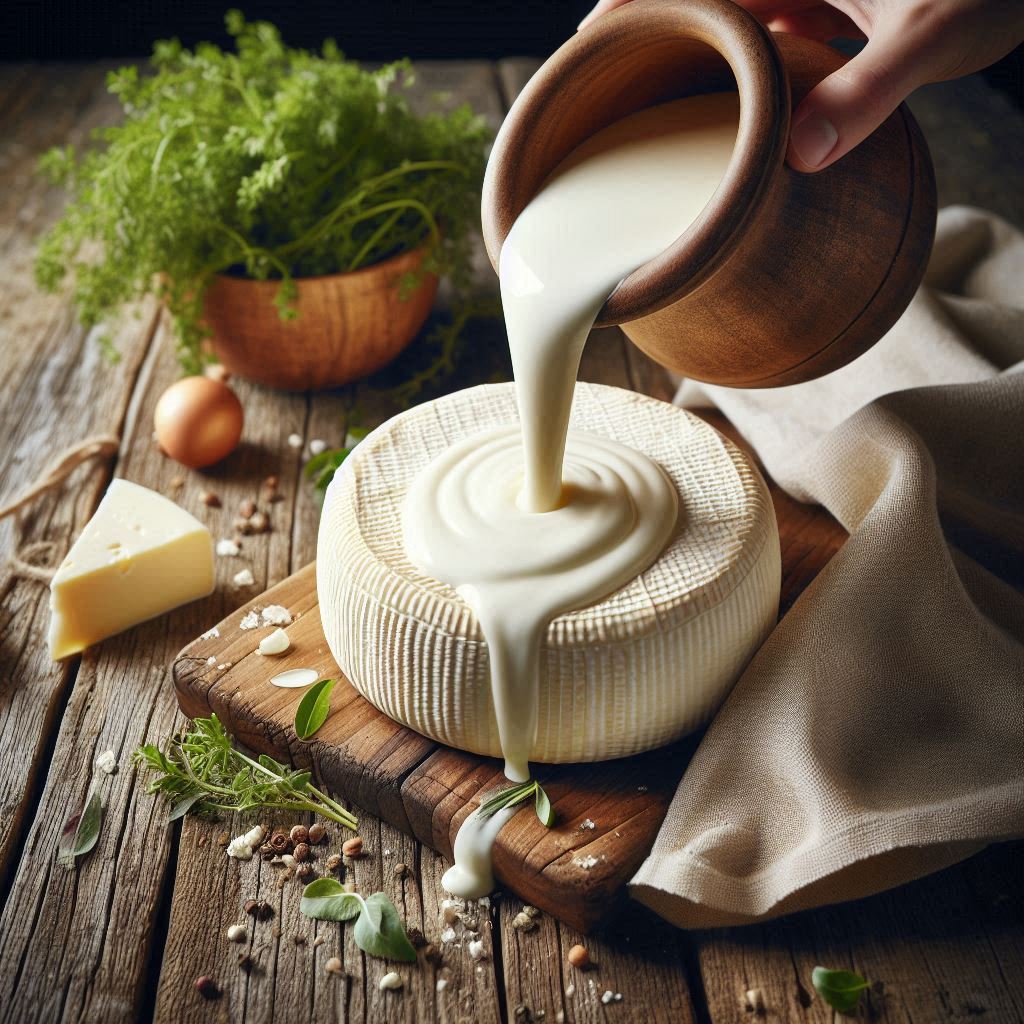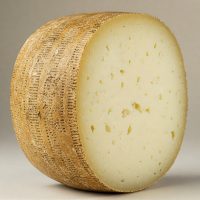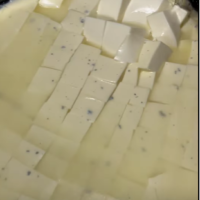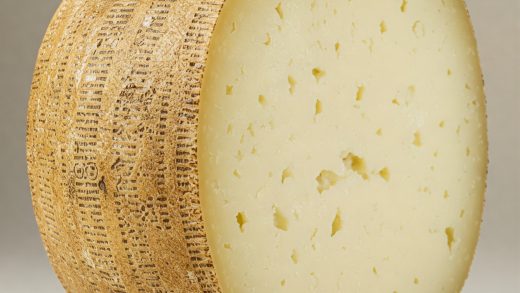Yes, you can drink whey from cheesemaking, but it’s generally recommended to process it first. Fresh whey can contain bacteria and high lactose levels, which might cause digestive issues.
Have you ever wondered about that leftover liquid after making cheese? That’s whey! It’s packed with good stuff and has become a popular drink. But what exactly is it, and why is everyone talking about it?
Whey is a byproduct of cheesemaking. When milk is curdled, the solids form cheese, and the remaining liquid is whey. It’s naturally full of protein, which is super important for building and repairing your muscles.
Now, you might be thinking, “Can I just drink the whey leftover from my homemade cheese?” While the whey itself is safe, it’s generally recommended to process it a bit before drinking large quantities.
So, while the whey from cheesemaking is the source of whey protein, it’s usually best to stick to specially prepared whey products for your protein boost.

How to drink whey from cheese making?
So you’ve got some leftover whey from making cheese – awesome! Don’t toss it out, because this stuff is packed with goodness. But how do you actually use it? Let’s explore some tasty ways to enjoy the benefits of whey.
First off, whey has a bit of a tangy taste on its own. Think of it like a slightly sour yogurt. So, one of the easiest ways to drink it is to dilute it. Imagine making a refreshing drink by mixing it with water or your favorite juice.
You can experiment to find the perfect balance – maybe start with more water or juice than whey and adjust from there. It’s like creating your own special drink!
Another super fun way to use whey is in smoothies and shakes. Think about all the yummy combinations you could make!
Throw in some fruit, maybe some spinach, and a splash of whey. It’ll add a boost of protein and make your smoothie even more nutritious. Plus, it helps to thicken your drink a bit, which is always nice.
And get this – you can even use whey in your baking and cooking! Instead of using just plain water or milk in some recipes, try swapping it out for whey.
It can add a little something special to your baked goods, and some people even say it makes meat a bit more tender. Imagine using it in bread or even pancakes!
Here’s a quick recap:
- Dilute it: Mix with water or juice for a refreshing drink.
- Smoothies & Shakes: Add it for a protein boost and to thicken your drinks.
- Baking & Cooking: Use it in place of water or milk in some recipes.
Just remember, while whey is a natural and healthy byproduct, it’s always a good idea to start with small amounts, especially if you’re new to it. And if you notice any tummy troubles, it’s best to cut back or stop using it. Have fun experimenting and finding your favorite way to enjoy whey!

Tips for drinking whey from cheese making
So you’re ready to give drinking whey a try? Awesome! Here are a few helpful tips to keep in mind, especially when using whey from cheesemaking:
Start small
Think of it like trying any new food. Begin with a small amount of whey, maybe just a quarter of a cup, and see how your body reacts. If you feel good, you can gradually increase the amount you drink over time. This helps your tummy get used to it.
Lactose Intolerance
Some people have trouble digesting lactose, the natural sugar found in dairy products, including whey. If you know you’re lactose intolerant, you might need to avoid whey altogether.
Or, you could try taking a lactase supplement before you drink it. These supplements help your body break down lactose. It’s always a good idea to talk to a doctor or a registered dietitian if you have any concerns.
Keep it cold
Just like milk, whey needs to be refrigerated to stay fresh. Make sure you store it in a sealed container in the fridge after you open it. This will help it last longer and prevent any unwanted bacteria from growing. Nobody wants spoiled whey!

Other uses for whey
Whey is even more versatile than you might think! It’s not just for drinking; it has some other surprising uses too. Let’s explore a few of them:
Making Ricotta Cheese
Did you know you can actually use whey to make another type of cheese? It’s true! Ricotta is a soft, creamy cheese that’s made by reheating whey. It’s a fantastic way to use up leftover whey and create something delicious. Imagine making your own ricotta at home – how cool would that be?
Fermenting Vegetables
Fermentation is a process that uses good bacteria to preserve food and give it a tangy flavor. Whey can be used as a starter for fermenting vegetables like pickles or sauerkraut.
It helps create the perfect environment for those beneficial bacteria to do their work. This is an age-old technique that adds flavor and boosts the nutritional value of veggies.
Fertilizing Plants
Believe it or not, whey can even be good for your plants! Diluted whey can act as a natural fertilizer, providing nutrients that help plants grow.
It’s a great way to recycle whey and give your garden a little boost. Just remember to dilute it first, because undiluted whey can be too acidic for some plants.
So, there you have it! Whey is a true multi-tasker. From making cheese to fermenting veggies and even helping your plants grow, this byproduct of cheesemaking has a lot to offer. It’s amazing how one simple liquid can be so useful!
FAQs
What to do with leftover whey after making cheese?
You can use leftover whey to make ricotta cheese, ferment vegetables, or even fertilize plants (diluted). For drinking, it’s generally recommended to process it first due to potential bacteria and lactose content. You can also add it to smoothies or use it in baking.
Is it good to drink whey from cheese?
Drinking whey can be good for you due to its high protein content. However, consuming unprocessed whey directly from cheesemaking isn’t generally recommended. It’s best to use commercially processed whey products as they are safer and easier to digest.
Can I drink homemade whey?
While homemade whey from cheesemaking is the source of whey protein, drinking it directly isn’t generally recommended. It may contain bacteria and high lactose levels, potentially causing digestive upset. Processed whey products are safer and easier to digest.
Conclusion
So, there you have it! Drinking whey from cheesemaking is a fantastic way to boost your health. It’s safe, nutritious, and packed with protein.
Whether you’re adding it to smoothies, using it in cooking, or just diluting it for a refreshing drink, whey offers a simple way to get the goodness of protein.
And remember, whey is incredibly versatile. From making ricotta cheese to fermenting vegetables and even fertilizing plants, there are so many ways to use it.
So next time you’re making cheese, don’t throw that leftover whey away! It’s a valuable resource with a surprising number of uses.















